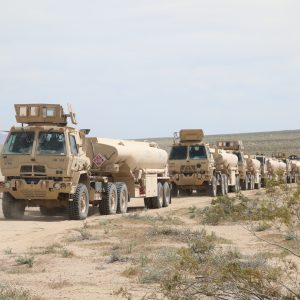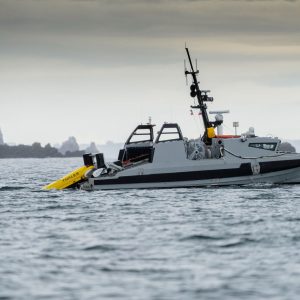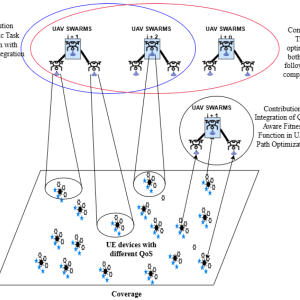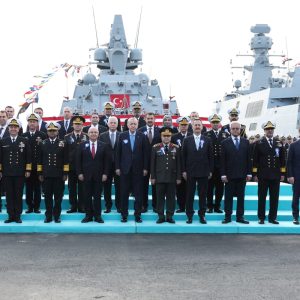Strategic Bomber Presence in Europe
The U.S. Air Force has deployed B-1B Lancer strategic bombers from Dyess Air Force Base in Texas to Ørland Air Base, Norway. The aircraft arrived on 9 August 2025 for the fifth Bomber Task Force Europe mission this year. These rotations form a central part of NATO’s strategy to deter Russian aggression.
According to the U.S. Air Force, the mission enables bomber aircrews to refine tactics, improve operational flexibility, and enhance interoperability with NATO Allies. Operating in complex, high-threat environments, crews will focus on the full find, fix, track, and target process, ensuring rapid and precise engagement of threats in real time.
The deployment allows aircrews to refine tactics, adapt to diverse scenarios, and improve coordination with NATO Allies. Missions will occur in complex, high-threat environments. Crews will focus on the “find, fix, track, and target” process to deliver faster and more precise responses to potential threats.
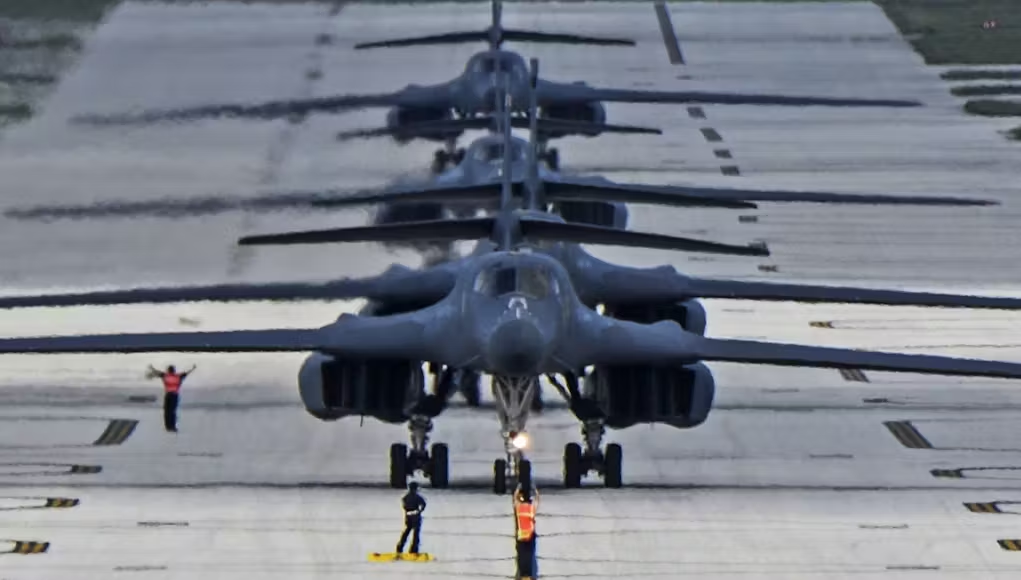
Deterrence and Power Projection
A defence source told UK Defence Journal that the broader strategic purpose of these missions is clear: to demonstrate that the United States can project heavy bomber power deep into Europe at short notice. “The message is deterrence—making sure Moscow understands that NATO can strike hard and fast if necessary,” the source said.
This forward-deployed bomber presence is central to NATO’s deterrence and defence concept, showcasing the Alliance’s capacity for integrated, multinational strike operations.
B-1B Lancer: Strategic and Technical Capabilities
The B-1B Lancer remains one of the most capable long-range bombers in the U.S. inventory, able to carry the largest conventional payload of both guided and unguided weapons. With its blended wing-body design, variable-geometry wings, and afterburning turbofan engines, the Lancer combines speed, range, and manoeuvrability—critical attributes for survivability in contested airspace.
Its advanced radar systems and GPS-aided Inertial Navigation System allow precision strikes against fixed and mobile targets without reliance on ground-based navigation aids. Recent upgrades, including Link-16 integration and enhanced cockpit displays, have improved situational awareness and accelerated targeting cycles.
Defensive systems include the ALQ-161 electronic countermeasures suite, radar warning receivers, expendable countermeasures, and a towed decoy system. These features, paired with a low radar cross-section, enhance survivability in heavily defended airspace. Planned radar and electronic upgrades aim to keep the platform relevant in future contested battlespaces.
Operational Context
Bomber Task Force missions are directed by U.S. Air Force Global Strike Command and are designed to assure Allies, deter adversaries, and demonstrate the ability to execute conventional strike operations in support of NATO’s collective defence. These deployments also contribute to maintaining a forward presence capable of responding to crises swiftly and decisively.
The Ørland deployment reinforces NATO’s northern flank, integrating U.S. bomber capabilities into regional defence plans and ensuring readiness for potential contingencies in the High North and Baltic regions.
Strategic Implications for Europe
The presence of U.S. B-1B Lancers in Norway underscores the evolving nature of NATO’s deterrence strategy, shifting from rotational shows of force to more dynamic, integrated combat readiness exercises. This approach enhances collective operational capabilities while sending a clear strategic signal to potential adversaries.
Given heightened tensions in Eastern Europe, such deployments contribute to Alliance cohesion and reinforce the principle that NATO’s Article 5 commitment remains credible, immediate, and backed by tangible capabilities.


